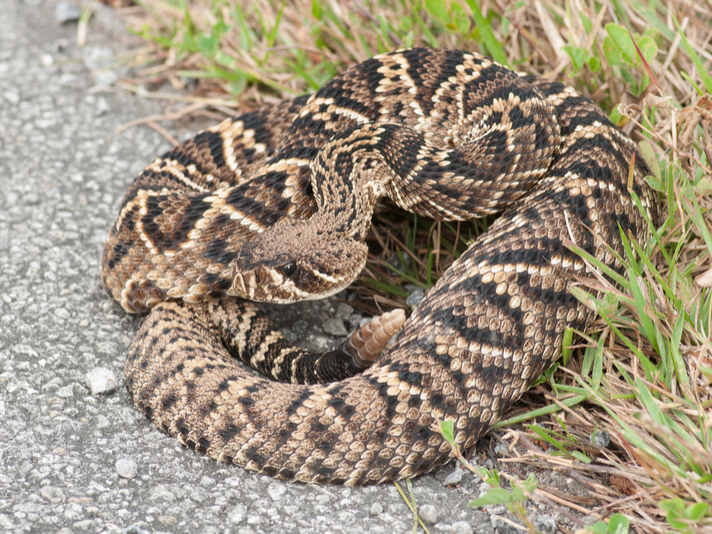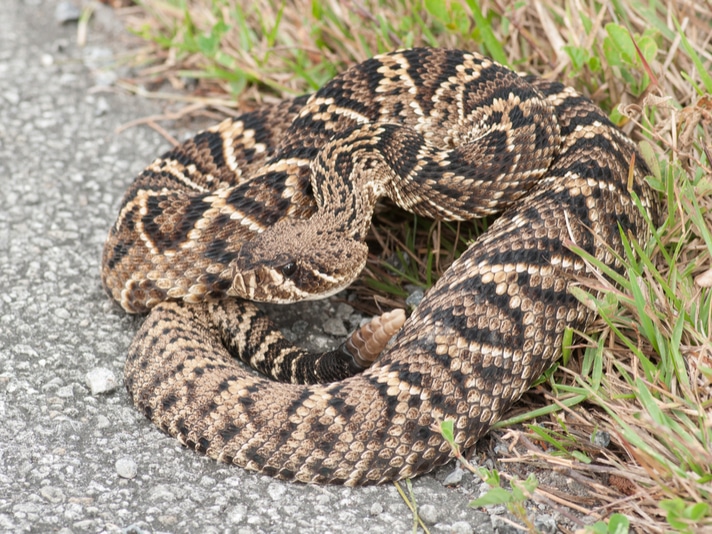Did you know that the venom of the eastern diamondback rattlesnake (Crotalus adamanteus) varies genetically based on where it is located? Bu
Did you know that the venom of the eastern diamondback rattlesnake (Crotalus adamanteus) varies genetically based on where it is located? But the venom of the eastern coral snake (Micrurus fulvius) is always the same? This phenomenon, which is the subject of a research paper just published in the journal GENETICS can have wide ranging implications with regard to snake evolution, conservation research and antivenom.

Gerald A. DeBoer/Shutterstock
The venom of the eastern diamondback rattlesnake varies genetically based on where it is located.
Read More
The Cruelty of Rattlesnake Roundups
Eastern Diamondback Rattlesnakes
Researcher Darin Rokyta and colleagues with Florida State University collected and analyzed venom from the eastern coral snake and found that wherever the coral snake was captured, the protein makeup of the venom collected from one part of the state of Florida was the same as the venom collected from the same species in another part of the state. With the eastern diamondback rattlesnake, however, the genetic makeup of the venom of one snake collected in the Everglades was distinctly different from the venom collected from the same species of snake in the Florida panhandle, which is about 500 miles from the Everglades. The researchers found that two venom components, one which causes paralysis, was found in high levels in the northernmost populations of the snake but were nonexistent in the venom of the snakes on Caladesi Island along Florida’s Gulf Coast.
"We were shocked," Rokyta said in a statement released by the university. "This is the first time anyone has looked at venom variation at this scale, and everybody has assumed that the co-evolutionary arms race would cause local populations to diverge quickly."
Rokyta explains the lack of change in variation of the eastern coral snake venom could be caused by a small population of the reptile had expanded and dominated the entire range and reducing genetic diversity, or it is a difference in the co-evolutionary dynamics between the snake and its reptilian prey.
The implications could have a potential huge impact on researchers who develop antivenom as well as the conservation efforts of the eastern diamondback rattlesnake, which is under consideration for Endangered Species Act protections. The data collected by Rokyta could also be used for conservation management to ensure that populations of the snake with different venom subtypes are preserved to keep the species viable.
The full text of the study can be found on the GENETICS website.
John B. Virata keeps a ball python, two corn snakes, a king snake, and two leopard geckos. His first snake, a California kingsnake, was purchased at the Pet Place in Westminster, CA for $5. His first pet reptile was a green anole that arrived in a small box via mail order. Follow him on Twitter @johnvirata


